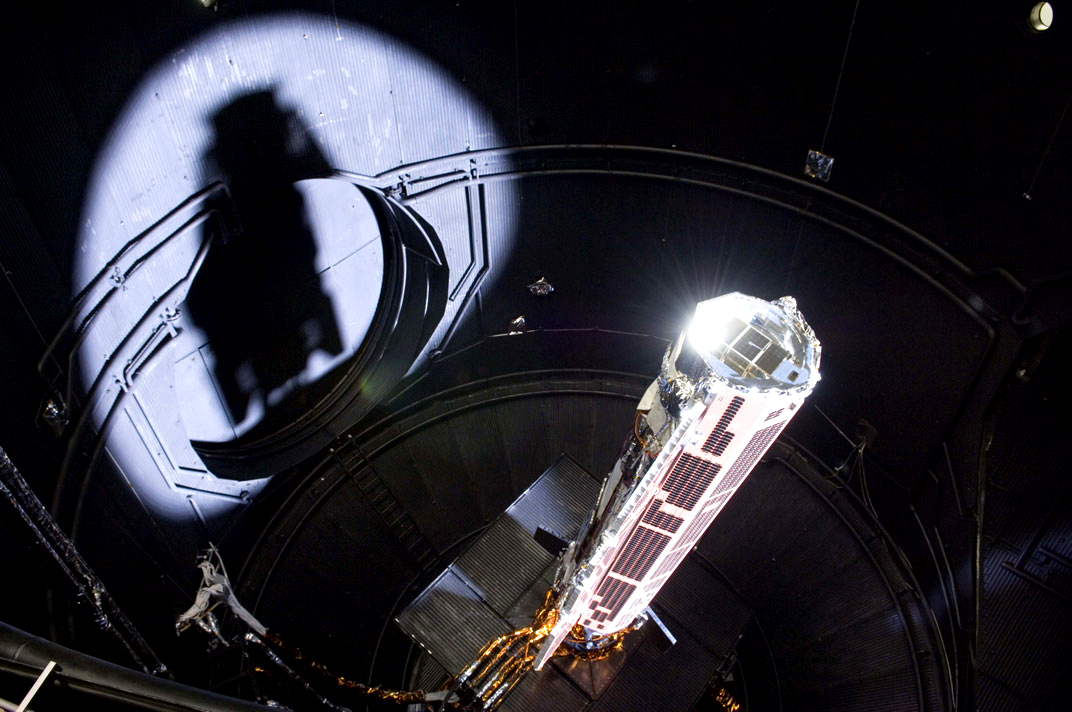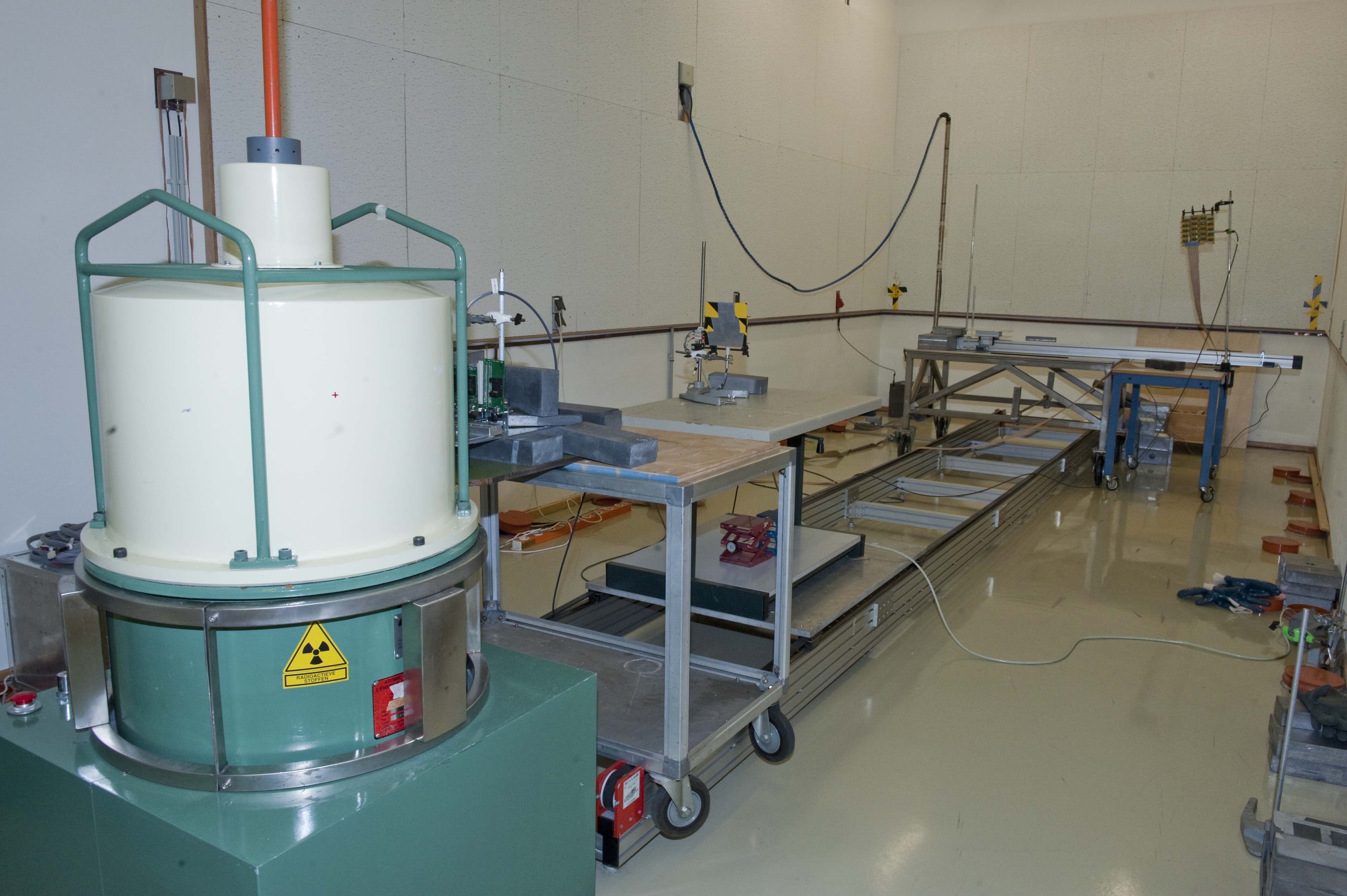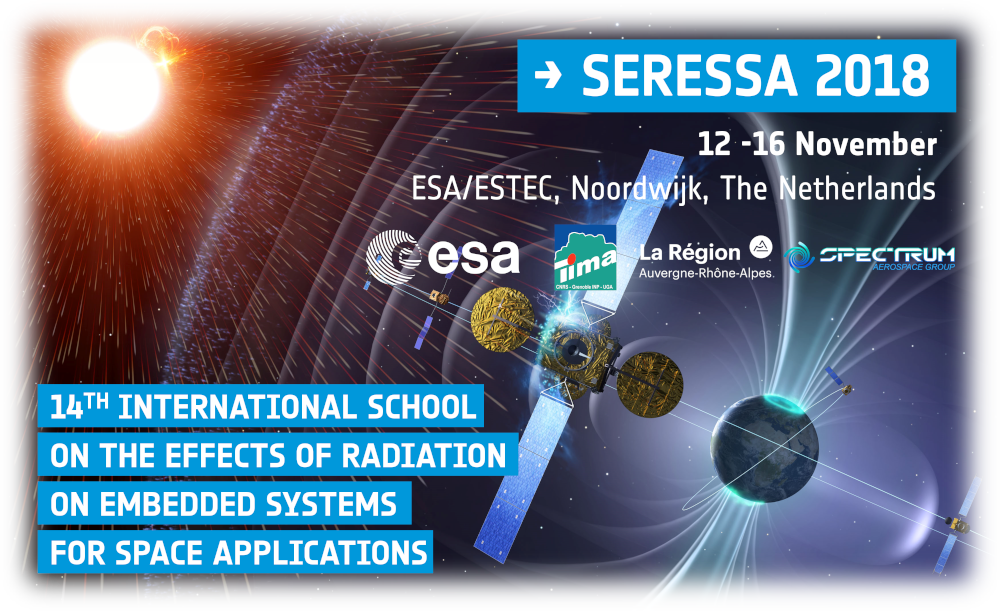The 5 days of talks are divided in a morning and afternoon sessions articulated around a main theme (see below), separated by a 1h30 lunch break.
Coffee pauses, arranged each day during the morning and afternoon sessions, will be the occasion for attendees to present their posters, which will be exposed the whole week.
On Wednesday afternoon, a social diner event will take place at the restaurant "La France" , in Oegstgeest, near ESTEC. Transportation buses to the restaurant and back to Noordwijk will be arranged.
(Do not forget to indicate your alimentary preferences in the registration website !)
On Thursday afternoon, participants will be free to either attend:
- A visit of ESA/ESTEC test and integration rooms and Galileo High Bay

- A technical training on total ionising dose (with a visit of the Co60 test facility)

- Or freely visit the region: Space Expo is located right outside of ESTEC and the famous North Sea beaches are hidden right behind the dunes flanking ESTEC (though water might be a bit chilly in November ...).
The five main topics composing the sessions are:
- Space environments
Space and atmospheric conditions encountered by spacecrafts in terms of radiations, their source, type and potential effects. Th
- Radiation effects
The effects of radiations encountered in space on electronic devices, from the simplest diode to VLSI circuits
- Mitigation and hardening
All the methods employed to either reduce the amount of radiation received by a component and/or curtail the effects of radiations on said component
- Tests and simulations
The test and simulations procedures developed in order to assess the effects of radiation on devices, assess mitigation techniques, qualify components and provide statistical data for failure prediction
- Commercial Off-The-Shelf components
Commercial off-the-shelf components are used more and more often in radiation-friendly space missions due to their lower cost and better performances but they still require thorough testing, batch selection and risk analysis to be able to fly

